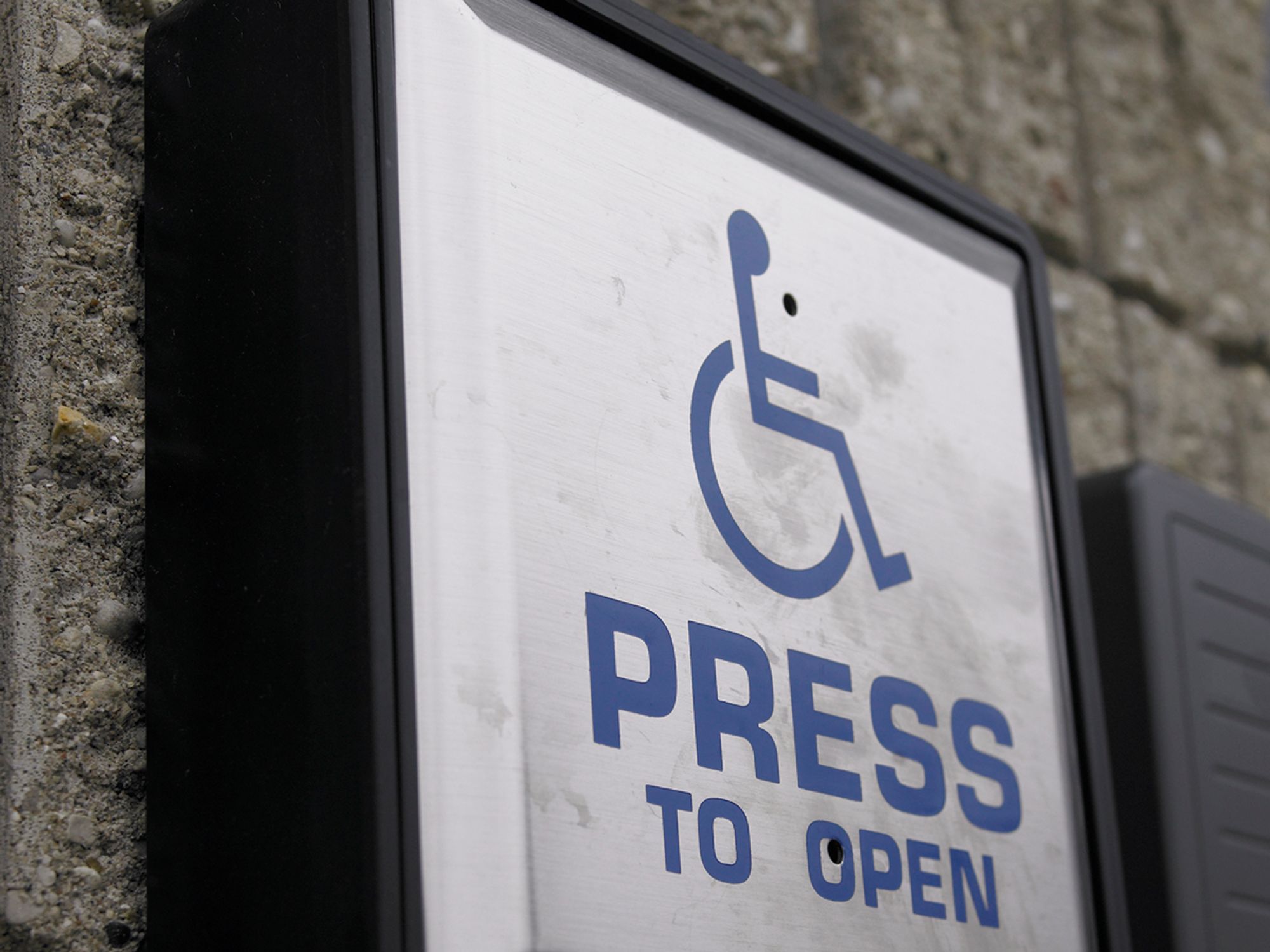Overall accommodation process

- Employers should understand and document the overall accommodation process.
- It is vital that employers know how to recognize accommodation requests.
- The interaction process is meant to be ongoing.
To help lay the groundwork for dealing with reasonable accommodation situations, employers should understand and document the overall process. This includes crafting written policies and procedures, training managers and supervisors, informing all employees, recognizing and responding to accommodation requests, creating a process for determining effective accommodation requests, and monitoring the accommodations.
Craft written policies and procedures
When crafting related policies and procedures, employers should consider factors such as:
- Company culture;
- Desired outcomes;
- Who has input;
- Who will be responsible for the policy, procedure, and process; and
- The reasons behind them.
To help craft effective policies and procedures, employers should:
- Talk to stakeholders for input on crafting the policies and procedures;
- Listen to what they have to say and ask questions;
- Keep the policies flexible and easy to understand;
- Try to avoid jargon, acronyms, and legal-speak;
- Work to ensure that they inform the reader effectively; and
- Include definitions of terms used and resources available, including where to find additional information.
Train managers and supervisors
While training supervisors and managers regarding the Americans with Disabilities Act (ADA) and reasonable accommodations is not mandated by law, doing so can help protect the company should it face a claim. Initial training is a good start, but because ADA-related situations do not arise frequently and the training is eventually lost, refresher training should be done regularly.
Two of the vital pieces of the ADA that managers and supervisors should be trained on are:
- How to recognize a request for a reasonable accommodation, and
- That applicant and employee medical information is to be kept confidential.
One of the purposes of the training should be to enable all employees to gain optimum job performance and productivity levels through the application of reasonable accommodations. The training also helps demonstrates that the company takes disability inclusion seriously.
Inform all employees
Employers should let all affected employees know about the ADA, even if at different levels of detail. While employees might not benefit from knowing the details of what the ADA requires, they would benefit from knowing how to request accommodations and what to expect.
Recognize and respond to accommodation requests
Employers and managers and supervisors should be able to recognize when an applicant or employee requests an accommodation. At the most basic level, an accommodation request is when an applicant or employee asks for a workplace change or adjustment because of a medical condition. The request does not need to include any particular terms, such as “ADA” or “accommodation.”
Create an interactive process for identifying effective accommodations
The interactive process is when a company representative and an applicant or employee work together focusing on identifying an effective reasonable accommodation. Shutting down this process, or not starting one, can be considered discrimination, and many court cases have included such actions.
